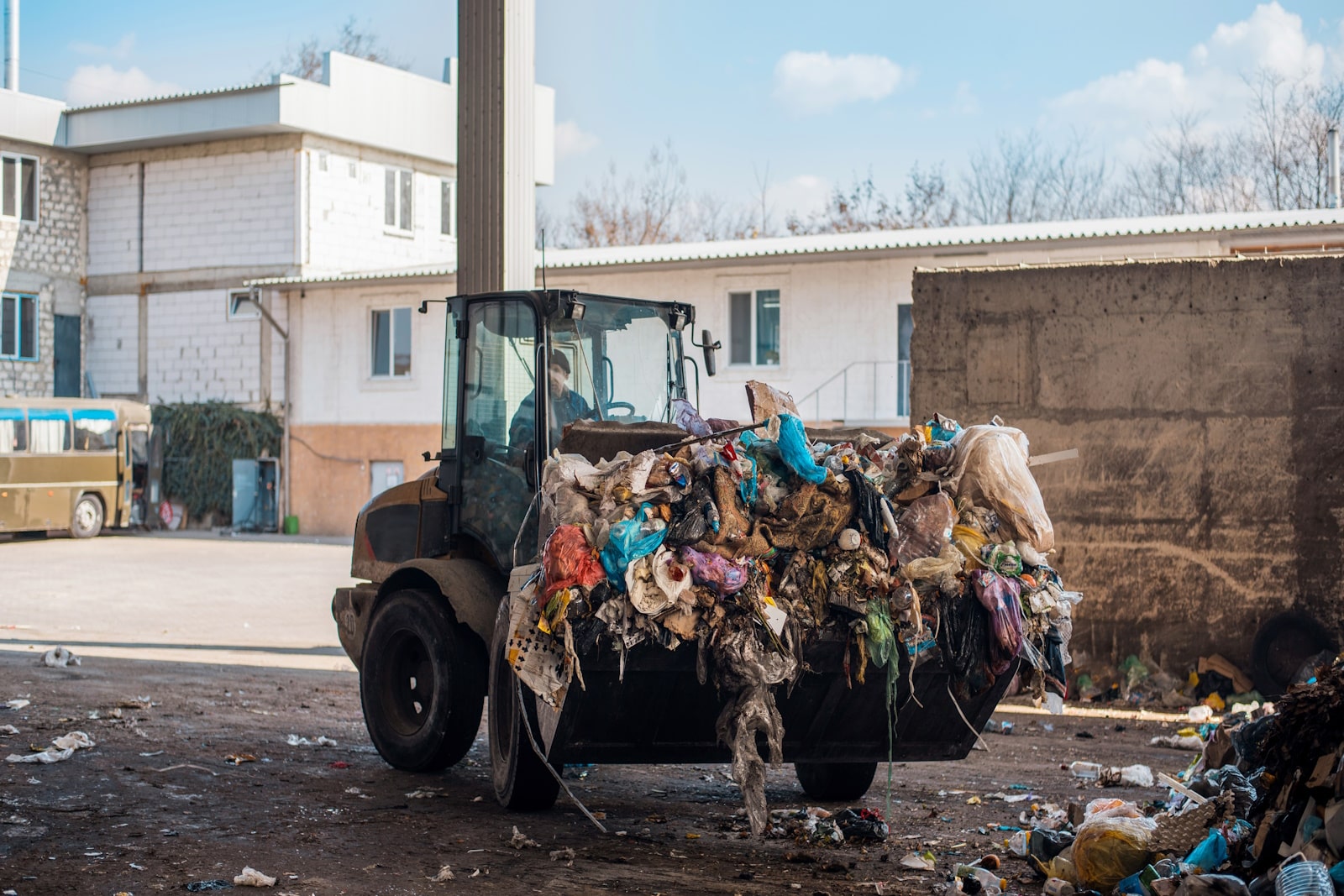Waste to Energy by Waste Management Companies
Waste-to-Energy (WtE) refers to the process of generating energy in the form of electricity or heat from the primary treatment of waste. This approach addresses two critical challenges: waste disposal and energy production. As global waste generation escalates, with over 2 billion tonnes of municipal solid waste produced annually, innovative solutions are imperative. In South Africa, the National Environmental Management: Waste Act 59 of 2008 provides a legislative framework to reform waste management companies’ practices, promoting waste minimisation and the protection of health and the environment.
Advanced Thermal Waste-to-Energy Technologies
- Plasma Gasification for Clean Energy Production
Plasma gasification employs high-temperature plasma torches to convert waste into syngas—a mixture of hydrogen and carbon monoxide—which can be utilised for electricity generation. This method offers a cleaner alternative to traditional incineration, as it produces fewer emissions and can handle a diverse range of waste types. - Pyrolysis vs. Incineration: Which is More Efficient?
Pyrolysis involves decomposing organic materials at elevated temperatures in the absence of oxygen, resulting in products like bio-oil, syngas, and char. In contrast, incineration combusts waste in the presence of oxygen, producing heat and ash. Pyrolysis is often considered more efficient due to its ability to produce valuable by-products and lower emissions. However, the choice between pyrolysis and incineration depends on specific waste characteristics and economic considerations. - Carbon Capture Integration in WtE Plants
Integrating carbon capture technologies in WtE plants involves capturing CO₂ emissions produced during waste processing and storing them to prevent atmospheric release. This integration enhances the environmental benefits of WtE facilities by mitigating their carbon footprint, aligning with global efforts to combat climate change.
Industrial and Commercial Waste Energy Solutions
- Harnessing Landfill Gas for Electricity Generation
Landfills emit methane, a potent greenhouse gas. Capturing this gas and utilising it for electricity generation not only reduces environmental impact but also provides a renewable energy source. For waste management companies in South Africa, initiatives are underway to exploit landfill gas, contributing to the country’s renewable energy mix. - Energy Recovery from Agricultural Waste
Agricultural residues, such as crop stalks and animal manure, can be processed through anaerobic digestion to produce biogas. This biogas serves as a renewable energy source for heating, electricity, or as a vehicle fuel, offering farmers a sustainable waste management solution and an additional income stream. - Converting Textile Waste into Synthetic Fuels
The textile industry generates substantial waste, much of which ends up in landfills. Innovative technologies now enable the conversion of textile waste into synthetic fuels through processes like pyrolysis and gasification. This approach not only reduces landfill burden but also contributes to energy production.
Emerging and Niche WtE Innovations
- Microbial Fuel Cells: Generating Electricity from Organic Waste
Microbial fuel cells (MFCs) utilise bacteria to break down organic matter, generating electricity in the process. This technology holds promise for treating organic waste while producing clean energy, though it is still in the developmental stages and requires further research for large-scale application. - Waste-to-Hydrogen: The Future of Clean Fuel?
Hydrogen is a clean energy carrier, and producing it from waste materials offers a sustainable pathway. Technologies such as gasification can convert waste into hydrogen-rich syngas, which can then be purified for use in fuel cells or as a direct fuel source. This approach addresses waste disposal challenges while contributing to the hydrogen economy. - 3D-Printed WtE Plants: A Game-Changer in Waste Management?
The advent of 3D printing technology has opened possibilities for constructing WtE plant components or even entire facilities with reduced costs and construction times. This innovation could make WtE technologies more accessible, especially in regions where traditional construction resources are limited.
Conclusion
Waste-to-Energy innovations are pivotal in addressing the dual challenges of waste management and energy production. Advanced thermal technologies, industrial applications, and emerging innovations collectively contribute to help waste management companies create a more sustainable and efficient waste management landscape. In South Africa, aligning these technological advancements with the National Waste Management Strategy 2020, which emphasises waste minimisation and the circular economy, can significantly enhance environmental and economic outcomes.
For more information on waste-to-energy technologies and how A-Thermal can assist in your sustainable energy needs, please contact us today!







